Annotating your analytics data is a great way to mark down events that may impact your search traffic. Making changes to your website, servers going down, public holidays, and more, will always have an impact on your traffic. Annotations will help you keep track of this, and help when reporting to stakeholders, too.
When you think of the “big” analytics tools, you are probably thinking of Google Analytics (especially Google Analytics 4, otherwise known as GA4) and Google Search Console. In this blog post, we’ll talk a little more about these tools and annotating the data within them.
Google Search Console
Unfortunately, it is not currently possible to add your own annotations directly onto your Google Search Console data. There is an annotations section, which can be seen in your Search Performance report directly under your data graph, but this is simply used by Google to show notes of activities or incidents which may impact your data.
Here is an example of this:
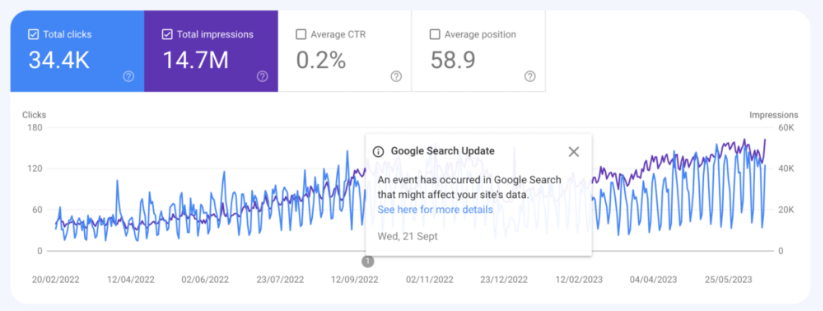
Whilst this is useful for search marketers, it is annoying that we cannot yet add our own annotation directly within Google Search Console.
John Mueller has confirmed in the past that colleagues have advocated for this to be introduced but, in his words, it sounds like a hard sell. It seems, for the foreseeable future, we are without this capability.
Google Analytics 4 (GA4)
When we think of annotating Google Analytics data, we think of Universal Analytics. This is all well and good, but Google will be “sunsetting” Universal Analytics on the 1st July 2023, meaning we will no longer be able to annotate our data here as the tool will stop processing new data.
Companies have been urged to make the switch to Google’s new solution, GA4, for a while now. And a lot of companies now believe they are at the stage where they can begin using GA4 full-time.
There is just one problem.
GA4 does not support annotations in the same way Universal Analytics did. You can add “notes” to pages, but it is a complicated process, requiring you to visit each individual page you wish to add a note to. What’s worse? You cannot add notes to all page types.
There are some workarounds:
- You can make use of Google Sheets. This will require you to bring your graphs from GA4 into your Google Sheets and mark your annotations in a new tab. You will have to do this on a recurring basis, every time you need a snapshot of your data. This can be incredibly annoying and, obviously, means you need to combine two different tools.
- You can also use Looker Studio (formerly Google Data Studio), but again, this will require you to add data on an ongoing basis and add annotations within this tool, not GA4 itself.
So, how can we add annotations to our analytics data?
You can use SEOTesting to add annotations to your Google Search Console data.
SEOTesting takes its data directly from the Google Search Console API, meaning the data you see within SEOTesting is exactly the same data as you’d see in Google Search Console. We allow you to add annotations at a site level, page level and query level.
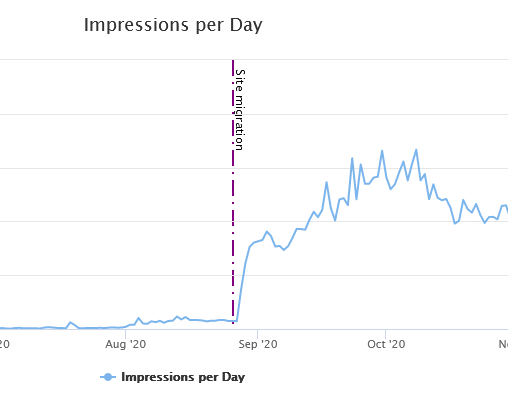
Within SEOTesting you’ll find the Annotations link on the main left hand navigation when you are working inside the context of an individual site.
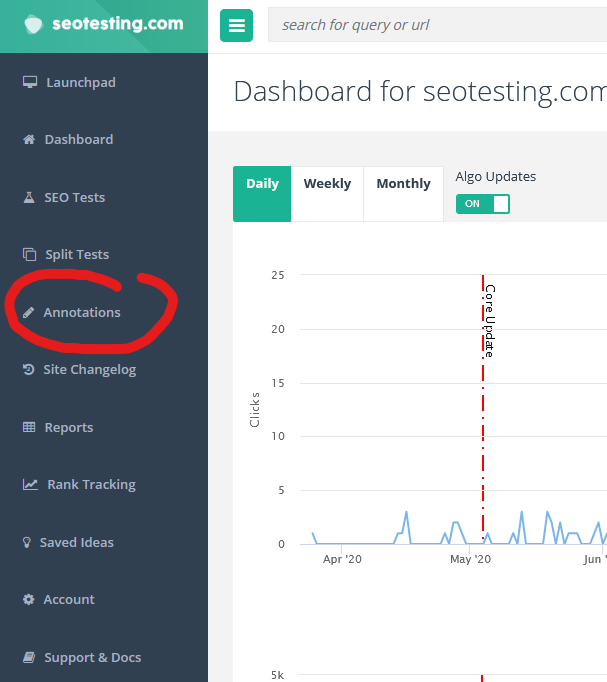
Upon clicking on the annotations link, you’ll see existing annotations, and also the button to create a new one.
You can annotate at a site, page or query level.
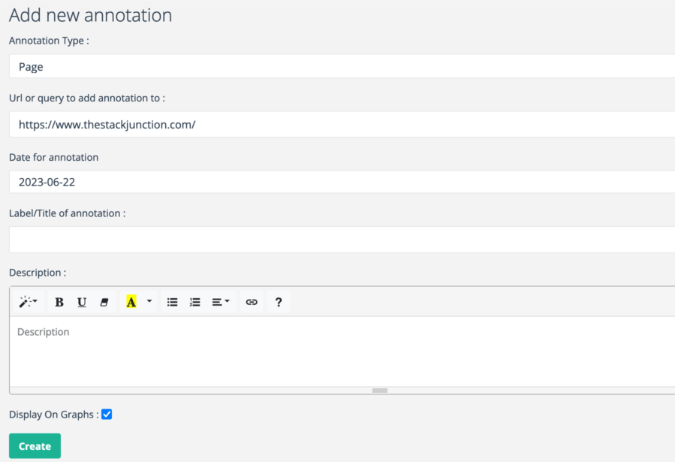
If you create a site annotation, that site annotation will also appear on individual page and query reports. This is because anything that affects the entire site, should also show for individual page and query views as well.
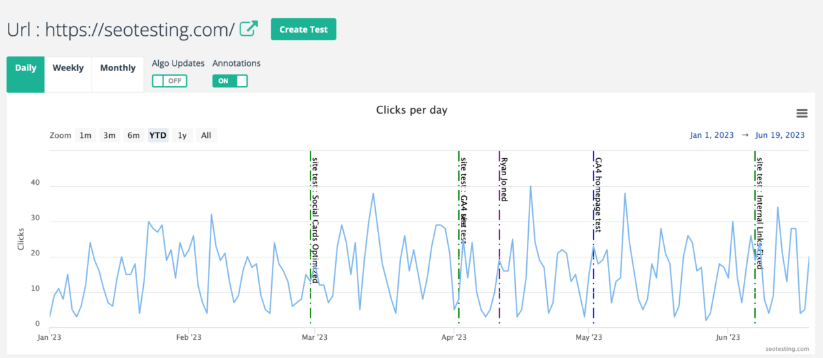
It is worth adding a good description when creating an annotation. When you see them on a graph, you can click on the annotation label and you’ll be taken to a view where these extra details can be seen.
SEOTests and annotations are a great way to track what has changed, and why. All of these tests and annotations are rolled up into the Site Changelog report. This orders each change recorded and groups them into months.
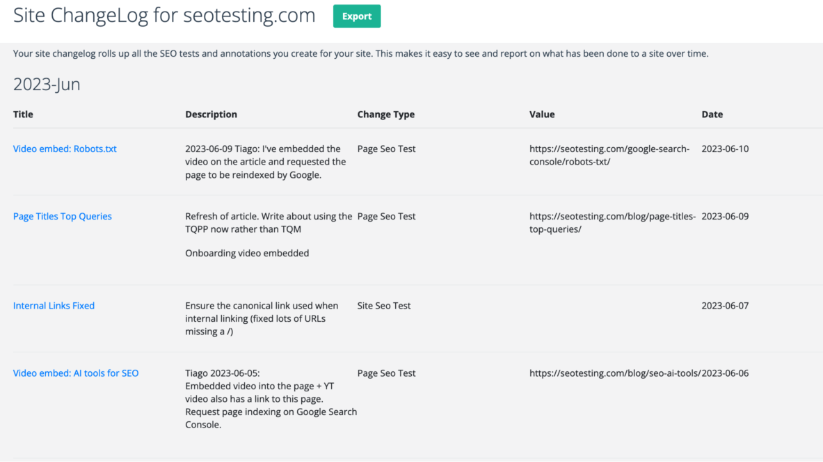
This is a great report for SEO consultants and agencies to use for reporting to clients on the work completed over each monthly period. It’s also useful for everybody who runs a website as a historical record of what has changed over the website over time.

